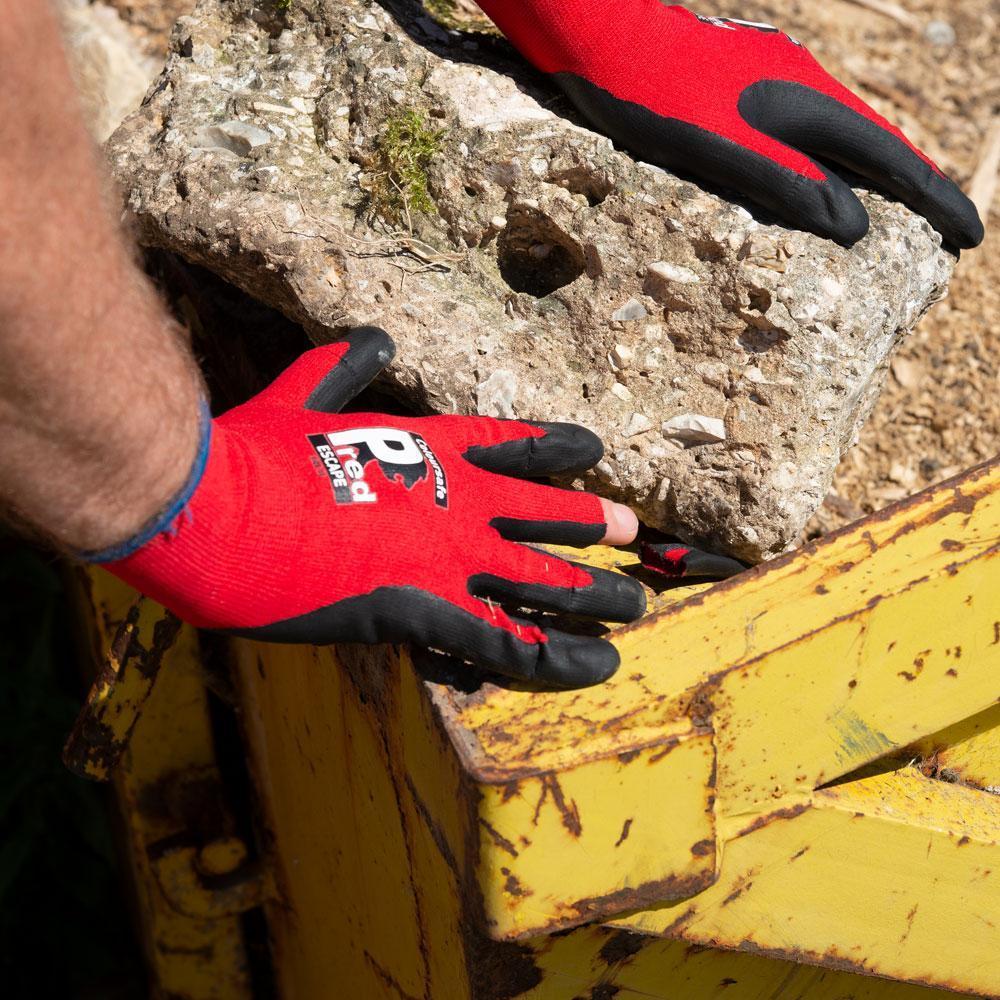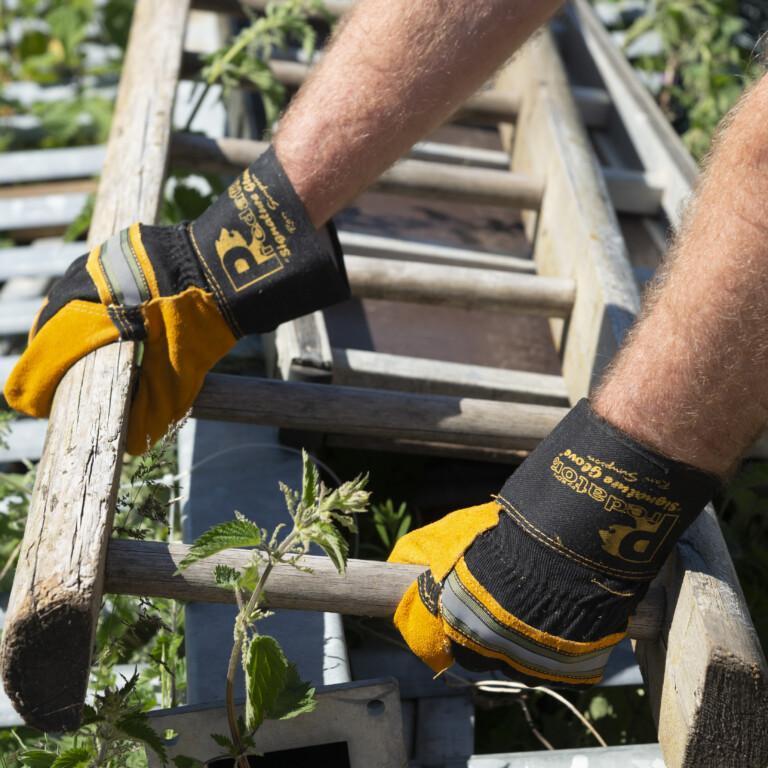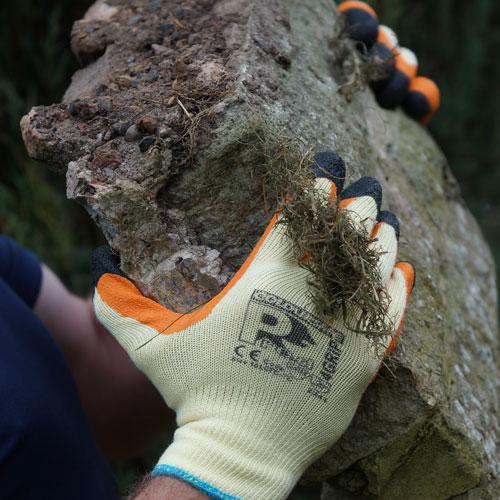Are your work gloves putting you at risk?
Safety gloves are designed to protect against various hazards within the workplace. Some types of safety work gloves include:
- Cut Resistant Gloves
- Welding Gloves
- Impact Gloves
- Needlestick Gloves
- Grip Gloves
- Chemical Resistant Gloves
- Latex Gloves
- Nitrile Gloves
Whilst the main function of wearing these types of products is to keep you safe – your choice of protection could in fact be presenting an increased risk.
When assessing risks to choose safety gloves, there are certain factors you must consider to ensure the level of protection is adequate. Luckily we have highlighted some of the key areas to help keep you safe and protected below.
Buying properly sized gloves
Wearing gloves that do not properly fit your hand size can actually increase the risk associated with a given application. Gloves that are too small can restrict hand movement whereas gloves which are too large can be cumbersome and affect grip.
Your hand size is dictated by the length or width of your hand. Click here for more guidance on measuring your hand.
Glove liners that contain Polyester, Nylon, or Spandex within the liner hug the hand and offer a snug fit. We would recommend something like this to maintain maximum dexterity and tactility.
Making sure you cover off all the risks
When doing a risk assessment, it is important to cover off any hazards related to the application. Examples of risks could include Impact, Cut, or Puncture (to name a few).
With such a vast range of protective work gloves available today, you will never be short of a product or range which is specifically designed to protect you.
Sometimes applications may carry more than one risk, such as Cut and Heat. In this scenario, it is imperative to ensure that both of these are catered for, rather than focusing on one.
Not cutting costs
Some work gloves can initially seem costly, but can you really put a price on someone’s safety?
Here, you need to assess what value really means, and understand that the cheapest option is not always the best value!
For us, value is defined as a product that performs best for the task in hand, as this can save you money in the long run. Our gloves are tailored to different applications and some of the more expensive options carry the best cost-in-use benefits.
Understanding that a glove is not just a glove
For some people, gloves are a visual indicator that something is in place to separate you from the risk, and this can create a false sense of security or an illusion that the correct protection is in place.
Understanding that gloves have different features and benefits can be the first step to ensure the best protection is being supplied!
The importance of testing
There are various standards in place to indicate the level of protection a glove can offer in different fields. Understanding these standards and what they mean will make choosing your work gloves much more effective.
See a breakdown of the commonly seen standards below:
- EN388 – Protection against Mechanical Hazards: The test areas in this standard include abrasion resistance, cut resistance, tear resistance, puncture resistance, cut resistance (ISO19937), and impact protection. Gloves certified to this standard would be suited but not limited to construction, agriculture, engineering, metalwork, glazing, and automotive industries.
- EN407 – Protection against Thermal Risks: EN407 is designed to assess gloves that are intended for use with heat and fire. Applications could include tig welding, mig welding, or forgery (to name a few).
- EN511 – Protective Gloves against Cold: This standard relates to thermal protection when working in adverse conditions, and also includes water permeability (waterproofing). Work gloves that are certified to EN511 would perform well in applications such as warehousing, cold stores, infrastructure, construction, outdoor applications, and more.
- EN374 – Protective Gloves Against Chemicals and Micro-Organisms: As suggested by the name, this standard certifies gloves for use with/around specific chemicals which are listed within the standard. EN374 is split into 5 areas; one of which incorporates Virus Protection. If ever you are working in applications that include chemicals, it is imperative to use gloves that are tested under EN374.
Need help assessing risks?
As glove specialists and a trusted UK glove supplier, our customers regularly ask us to carry out risk assessments on-site for either themselves or their customers.
You can rest assured we will always offer you the most appropriate PPE at real value for money.
To discuss risk assessments, suitable glove solutions, or anything else, contact our Sales Team:
Call – 01653 617718
Email – sales@just1source.com







